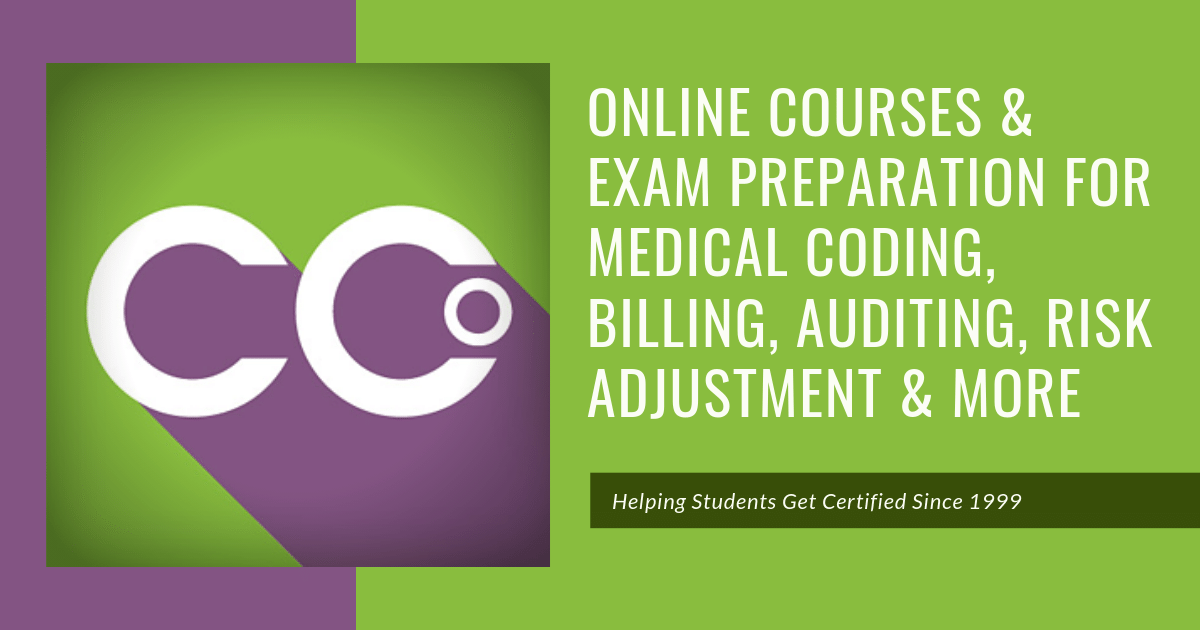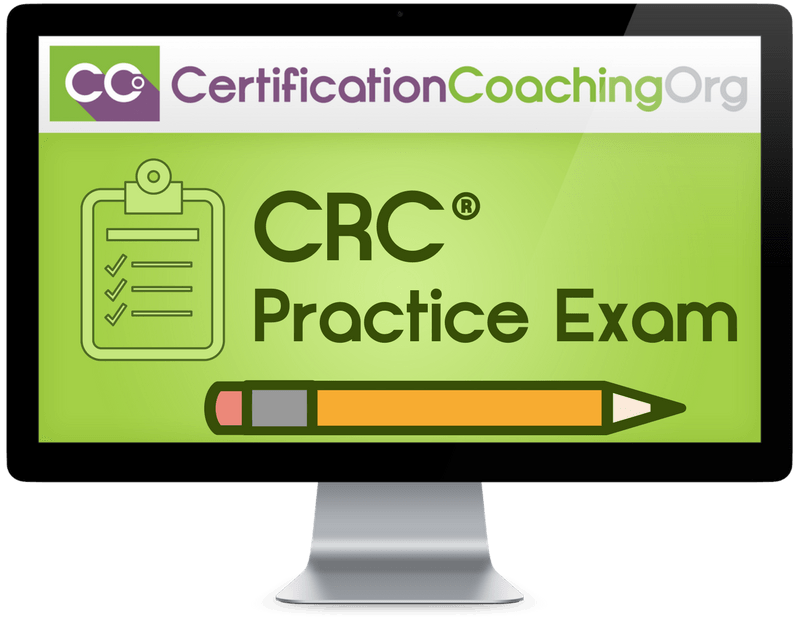The Importance of Z Codes Z codes, found in Chapter 21: Factors Influencing Health Status and Contact with Health Services (Z00-Z99) of the ICD-10-CM code book, may be used in any healthcare setting. The ICD-10-CM Guidelines for Coding and Reporting instruct us to code for all coexisting...

www.cco.community
7th Characters Certain ICD-10-CM categories have applicable 7th characters. The applicable 7th character is required for all codes within the category, or as the notes in the Tabular List instruct. The 7th character must always be the 7th character in the data field. If a code that requires a...

www.cco.community
This Free 50-Question CRC® Certified Risk Adjustment Coder Practice Exam Will Prepare You With Real “Exam-Like” CRC Questions for Exam Prep.

www.cco.us
CRC Practice Exam. Carefully Crafted by CCO Certified Instructors to Prepare for the AAPC CRC Practice Exam.

www.cco.us
Student Exam tips in CCO Community:
https://www.cco.community/forums/test-taking-tips.71/
The CRC exam thoroughly covers:
Compliance
15 multiple choice questions
- Identify common coding errors identified in RADV audits
- Understand the process for prospective audits
- Understand the process for RADV audits
- Understand the process for retrospective audits
Diagnosis Coding
30 multiple choice questions
- Demonstrate the ability to apply the Coding Clinic guidance to coding scenarios
- Demonstrate the ability to properly code amputations
- Demonstrate the ability to properly code artificial openings
- Demonstrate the ability to properly code atherosclerosis
- Demonstrate the ability to properly code AV fistulas
- Demonstrate the ability to properly code CHF
- Demonstrate the ability to properly code CKD
- Demonstrate the ability to properly code complications of devices
- Demonstrate the ability to properly code COPD
- Demonstrate the ability to properly code CVA/Stroke
- Demonstrate the ability to properly code dementia
- Demonstrate the ability to properly code depression
- Demonstrate the ability to properly code DVT
- Demonstrate the ability to properly code hypertension
- Demonstrate the ability to properly code malnutrition
- Demonstrate the ability to properly code manifestations of diseases (eg, DM, stroke, COPD)
- Demonstrate the ability to properly code mental disorders
- Demonstrate the ability to properly code neoplasms
- Demonstrate the ability to properly code pneumonia
- Demonstrate the ability to properly code pressure ulcers
- Demonstrate the ability to properly code pulmonary embolism
- Demonstrate the ability to properly code pulmonary fibrosis
- Demonstrate the ability to properly code seizures
- Demonstrate the ability to properly code skin ulcers
- Identify common coding errors in risk adjustment
- Identify diagnosis codes that risk adjust
Documentation Improvement
12 multiple choice questions
- Communicate documentation discrepancies with providers
- Identify documentation discrepancies
Pathophysiology/Medical Terminology/Anatomy
5 multiple choice questions
- Identify common acronyms for industry terminology
- Identify common acronyms for medical terminology
- Identify the anatomic structures, locations, and functions
- Explain disease processes and interactions for common chronic conditions
- Define common medical terms
Purpose and Use of Risk Adjustment Models
10 multiple choice questions
- Demonstrate the ability to apply trumping in the risk adjustment hierarchy
- Explain the use of data mining from data captured through risk adjustment coding
- Explain the use of predictive modeling from data captured through risk adjustment coding
Quality Care
3 multiple choice questions
- Explain the purpose of HEDIS and alignment with risk adjustment
- Explain the purpose of STAR ratings and alignment with risk adjustment
Risk Adjustment Models
15 multiple choice questions
- Demonstrate the ability to apply the ACA risk adjustment model
- Demonstrate the ability to apply the CDPS risk adjustment model
- Demonstrate the ability to apply the HCC risk adjustment model
- Demonstrate the ability to apply the private payers risk adjustment model
- List the elements needed to determine the risk adjustment score
Cases
10 cases with multiple choice questions
- Demonstrate the ability to accurately code diagnoses based on medical record documentation.
- Demonstrate the ability to report diagnoses that risk adjusts.






